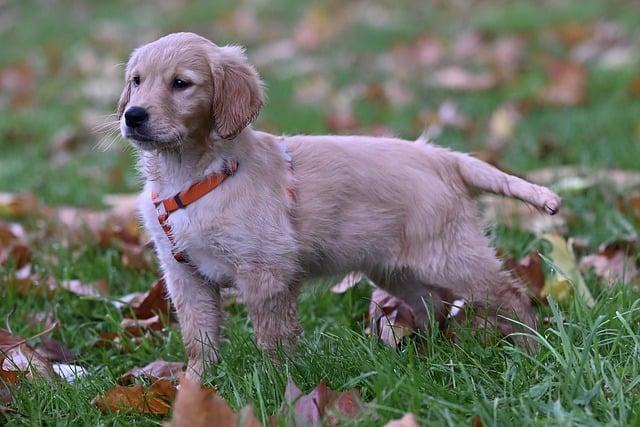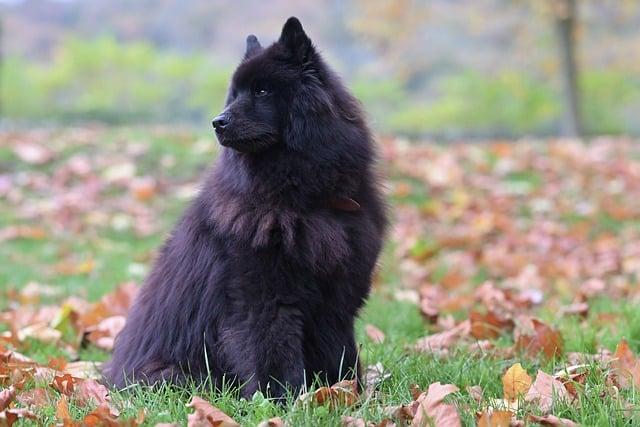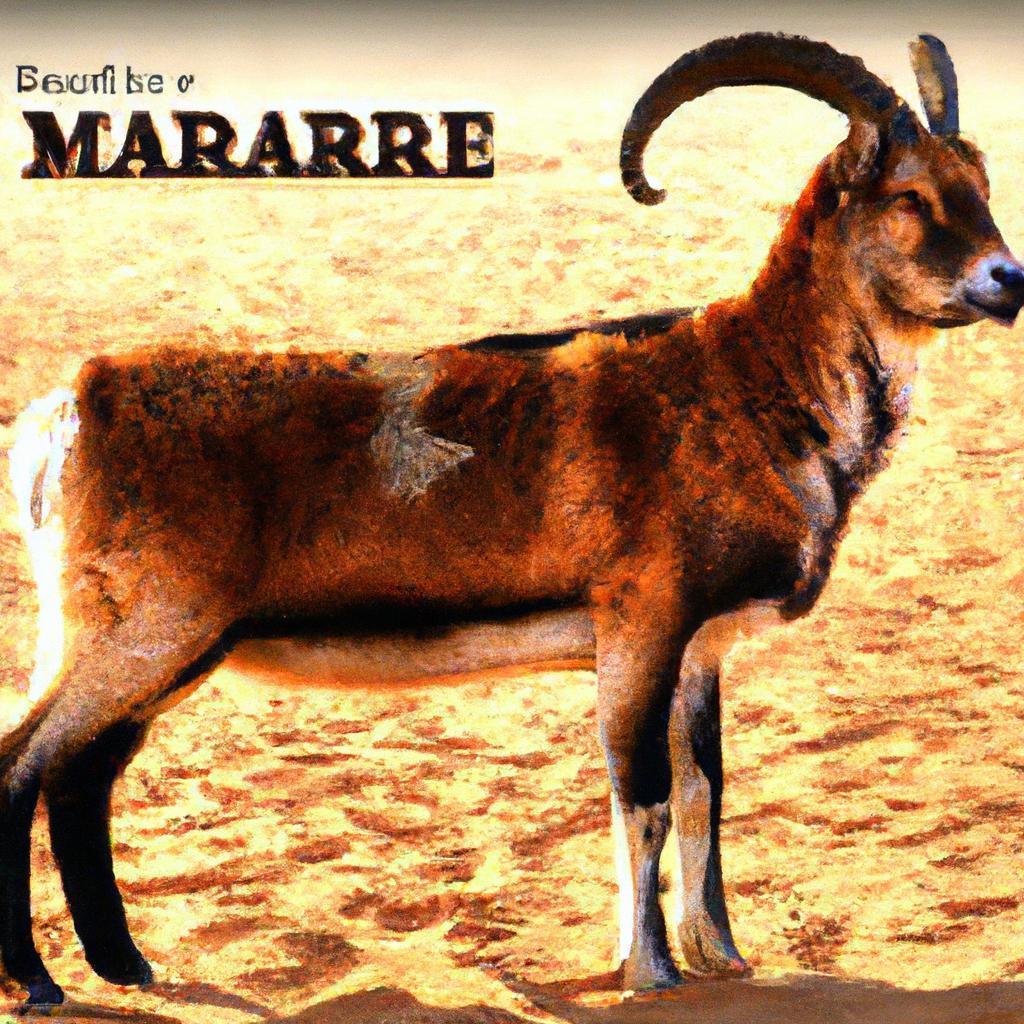Imagine a world where dogs tower over their human companions, their sheer size commanding attention and admiration. Meet the Great Dane, often dubbed the “Apollo of dogs,” standing up to 34 inches tall and known for its gentle demeanor. Next, the St. Bernard, a rescue hero from the Swiss Alps, can weigh up to 180 pounds, embodying strength and warmth. the Mastiff, with its massive frame and loyal heart, can tip the scales at over 200 pounds. These giants are not just pets; they are majestic companions that redefine the bond between humans and dogs. Embrace the grandeur of these breeds and discover the joy of sharing your life with a true gentle giant.
Contents
- The Majestic Great Dane: A Gentle Giant of the Canine World
- The Imposing Mastiff: Strength and Loyalty Combined
- The Stately Saint Bernard: A History of Rescue and Companionship
- Choosing the Right Giant Breed: Essential Considerations for Prospective Owners
- Q&A
The Majestic Great Dane: A Gentle Giant of the Canine World
The Great Dane, often referred to as the “Apollo of dogs,” is a breed that embodies both elegance and strength. With their towering stature and graceful movements, these dogs command attention wherever they go. Their impressive height can reach up to 34 inches at the shoulder, making them one of the largest breeds in the canine world. Yet, despite their imposing size, Great Danes are renowned for their gentle and affectionate nature, earning them the affectionate title of “gentle giants.”
One of the most remarkable traits of the Great Dane is their temperament. They are known for being friendly, loyal, and good-natured, making them excellent companions for families and individuals alike. Their calm demeanor allows them to coexist peacefully with children and other pets, often forming strong bonds with their human families. This breed thrives on companionship and is happiest when they are included in family activities, showcasing their loving and sociable personality.
Great Danes are not just about size; they also possess a unique blend of intelligence and trainability. With consistent training and socialization, they can become well-mannered and obedient companions. Their eagerness to please their owners makes them responsive to commands, and they often excel in obedience training. Additionally, their natural protective instincts make them excellent watchdogs, always alert to their surroundings while remaining gentle with those they know.
However, owning a Great Dane comes with responsibilities. Their size requires ample space and regular exercise to keep them healthy and happy. Potential owners should be prepared for the challenges of caring for a large breed, including considerations for their diet, health care, and living environment. With proper care and attention, a Great Dane can be a loyal and loving addition to any household, embodying the perfect balance of majesty and gentleness that defines this extraordinary breed.
The Imposing Mastiff: Strength and Loyalty Combined
The Mastiff is a breed that embodies both strength and loyalty, making it one of the most revered large dog breeds in the world. With a robust physique and a commanding presence, these dogs are not just impressive in size; they are also known for their gentle temperament. Their loyalty to their families is unmatched, often forming deep bonds that make them exceptional companions and protectors.
One of the most striking features of the Mastiff is its sheer size. Adult males can weigh anywhere from 160 to 230 pounds, with some individuals even exceeding this range. This massive stature is complemented by a broad head and powerful jaws, which contribute to their reputation as formidable guardians. However, beneath this intimidating exterior lies a heart of gold, as Mastiffs are often described as gentle giants, especially when raised in a loving environment.
In addition to their physical prowess, Mastiffs are known for their calm and composed demeanor. They are not overly aggressive, making them suitable for families with children. Their protective instincts ensure that they will stand guard over their loved ones, yet they are equally content to lounge around the house, enjoying the company of their human companions. This balance of strength and gentleness makes them a unique addition to any household.
Owning a Mastiff comes with responsibilities, including regular exercise and socialization to ensure they remain well-adjusted. Their loyalty and protective nature can be harnessed through proper training, allowing them to thrive as both family pets and guardians. For those seeking a dog that combines strength, loyalty, and a loving disposition, the Mastiff stands out as an exceptional choice, proving that sometimes the biggest dogs have the biggest hearts.
The Stately Saint Bernard: A History of Rescue and Companionship
The Saint Bernard, renowned for its impressive size and gentle demeanor, has a rich history that intertwines rescue and companionship. Originating in the Swiss Alps, these magnificent dogs were initially bred by monks at the Great St. Bernard Hospice to assist in locating and rescuing travelers lost in the treacherous mountain passes. Their remarkable sense of direction and innate ability to navigate harsh weather conditions made them invaluable companions to the monks and essential to the safety of countless individuals.
As the years progressed, the Saint Bernard’s role evolved beyond mere rescue. Their **affectionate nature** and **calm temperament** made them ideal family pets, fostering a deep bond with humans. They became symbols of loyalty and protection, often seen as gentle giants who could easily adapt to various living environments. This adaptability has allowed them to thrive not only in the rugged mountains but also in suburban homes, where they continue to provide companionship and love.
The breed’s physical attributes contribute significantly to its reputation. With a robust build and a thick, weather-resistant coat, the Saint Bernard is well-equipped to handle extreme conditions. Their **large paws** and **powerful limbs** enable them to traverse snow and ice with ease, while their friendly disposition ensures they are approachable and beloved by all. This combination of strength and gentleness has solidified their status as one of the most cherished breeds in canine history.
Today, the legacy of the Saint Bernard lives on, not just as a rescue dog but as a beloved family member. Their history of service and companionship continues to inspire admiration and respect. As we celebrate these magnificent creatures, we recognize their unique ability to bridge the gap between human and canine, offering unwavering loyalty and love that transcends generations.
Choosing the Right Giant Breed: Essential Considerations for Prospective Owners
When considering the addition of a giant breed dog to your family, it’s crucial to evaluate several key factors that can significantly impact both your lifestyle and the well-being of your new companion. **Size and Space** are paramount; these dogs require ample room to move comfortably. Ensure your home can accommodate their size, and consider whether you have a yard or nearby parks for exercise. A cramped living environment can lead to behavioral issues and stress for these large animals.
Another essential aspect is **Temperament and Energy Levels**. Giant breeds vary widely in personality, with some being gentle giants while others may have more exuberant energy. Research the specific breed you are interested in to understand their typical behavior and activity needs. This knowledge will help you choose a dog that fits well with your family’s lifestyle, ensuring a harmonious relationship.
**Health Considerations** are also critical when selecting a giant breed. Larger dogs are predisposed to certain health issues, such as hip dysplasia and heart problems. It’s vital to choose a reputable breeder who conducts health screenings and provides a health guarantee. Additionally, be prepared for the financial commitment of regular veterinary care, which can be more expensive for larger breeds due to their size and potential health concerns.
Lastly, consider your **Commitment to Training and Socialization**. Giant breeds require consistent training and early socialization to ensure they grow into well-mannered adults. Their size can be intimidating, so it’s essential to instill good behavior from a young age. Investing time in training not only enhances your dog’s quality of life but also fosters a safe environment for both your pet and your family. A well-trained giant breed can be a loving and loyal companion for years to come.
Q&A
-
What are the three biggest dog breeds in the world?
The three biggest dog breeds are the Great Dane, the Mastiff, and the Saint Bernard. These breeds are known for their impressive size and gentle temperament, making them both awe-inspiring and affectionate companions.
-
How much do these giant breeds typically weigh?
Great Danes can weigh between 110 to 175 pounds, Mastiffs often range from 120 to 230 pounds, and Saint Bernards typically weigh between 110 to 200 pounds. Their substantial weight is matched by their loving nature, making them great family pets.
-
Do large dog breeds require special care?
Yes, large dog breeds do require special care. They need a balanced diet to support their growth, regular exercise to maintain their health, and routine veterinary check-ups to monitor their well-being. Proper training and socialization are also crucial for their development.
-
Are giant dog breeds suitable for families?
Absolutely! Giant dog breeds can be excellent family pets. They are often gentle giants, known for their loyalty and protective instincts. However, it’s essential to ensure they are well-trained and socialized to interact safely with children and other pets.
the sheer size and majesty of the world’s three biggest dogs captivate dog lovers and potential owners alike. Embrace the unique challenges and joys they bring, and consider welcoming one of these gentle giants into your home.

大家好,我是彼得潘,專業的手法身體治療師。我喜歡探索和研究各種主題,並透過與人工智慧的合作分享專業、實用、有趣的文章。我們定期進行人工審核,以確保內容的準確性。如果您發現文章中有任何不準確的地方,請隨時與我們聯繫,我們會及時糾正。您可以透過 [email protected] 與我們聯繫。



